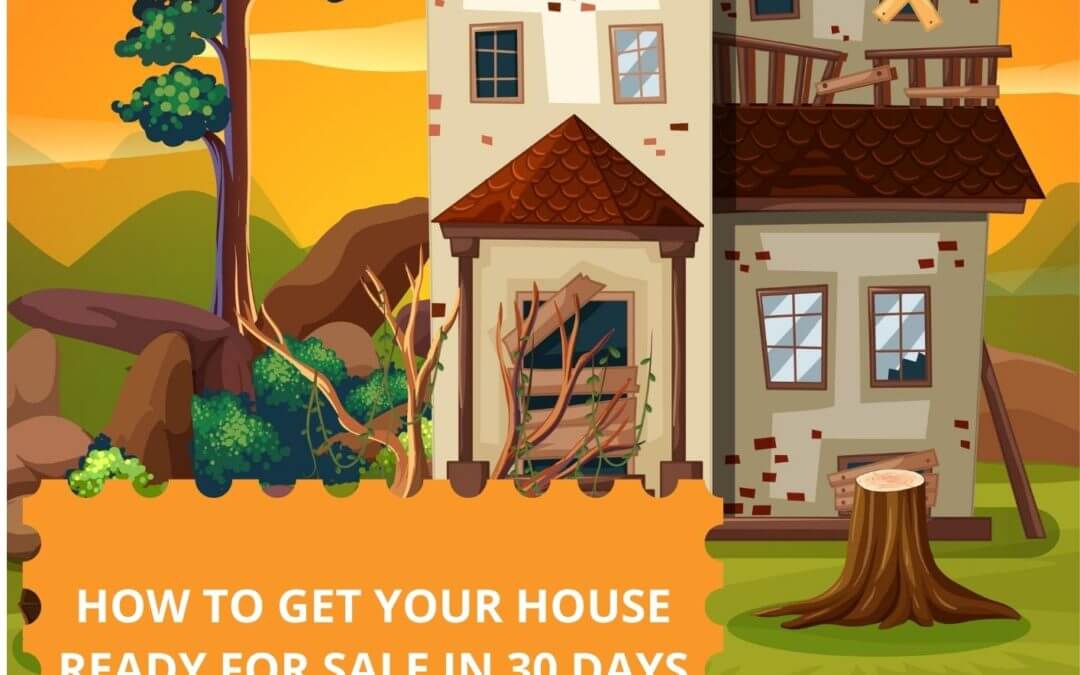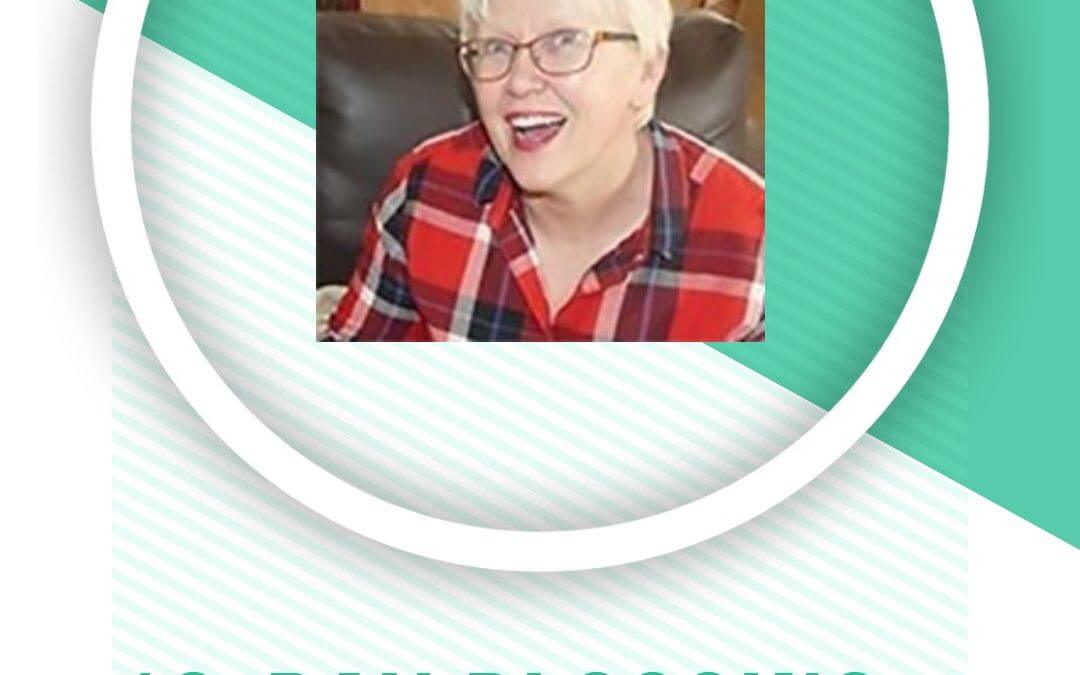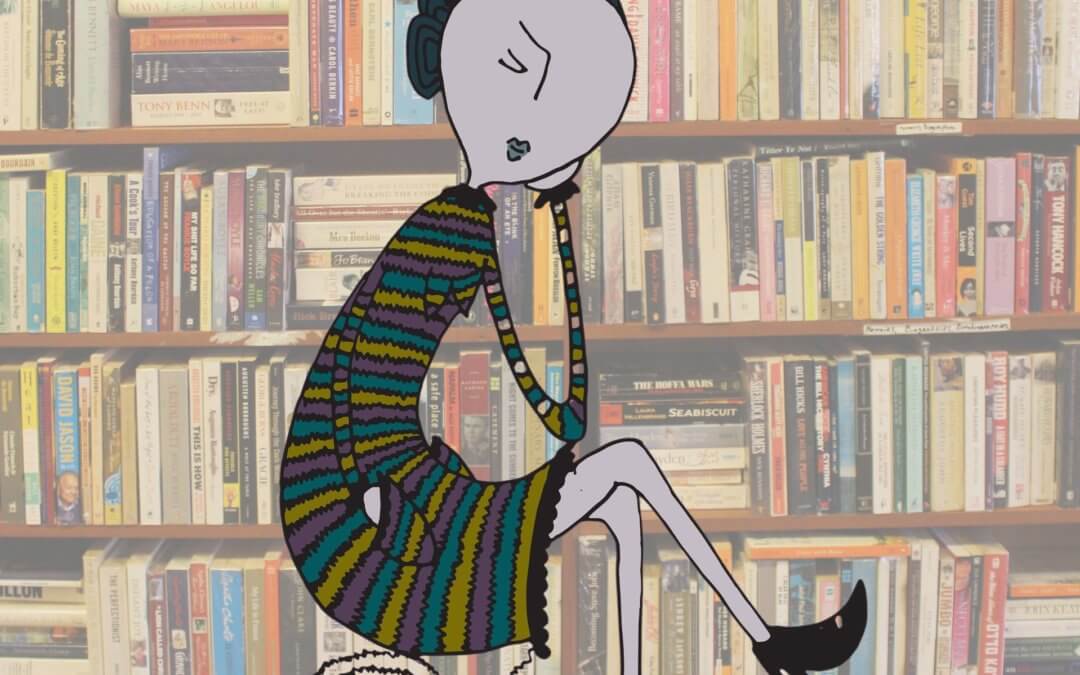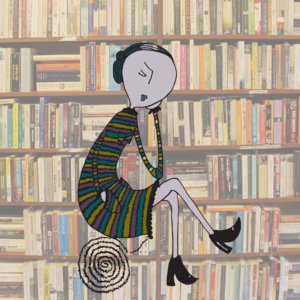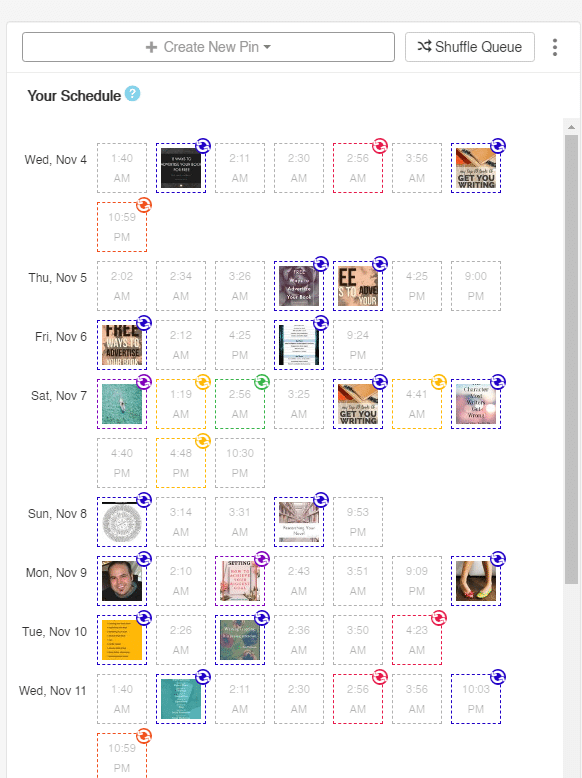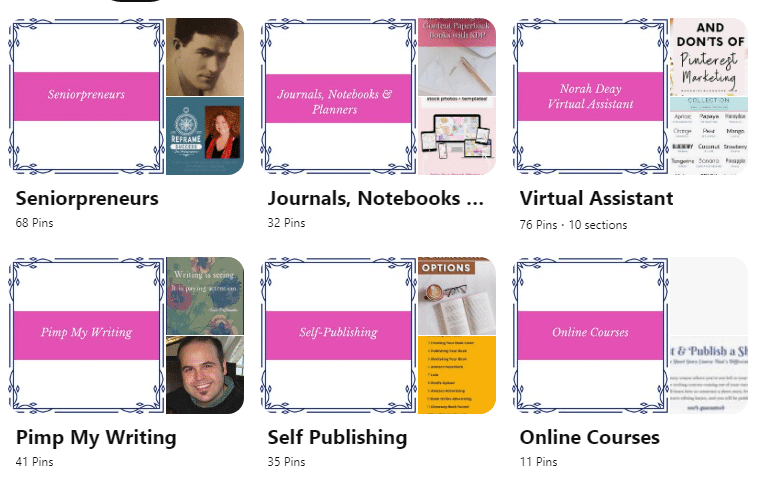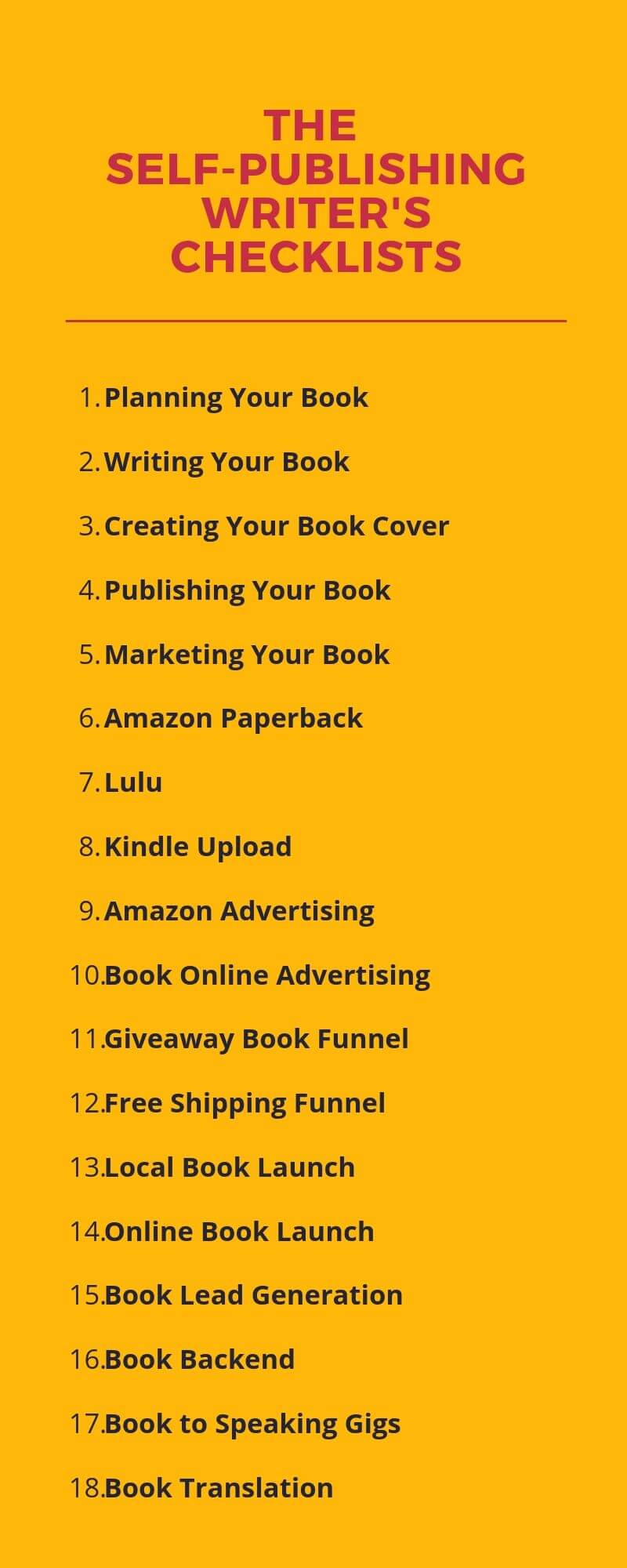11 Audiobooks Every Writer Should Listen To: A Symphony of Words
Introduction
Are you a writer thirsty for inspiration, keen on mastering the craft of storytelling, or are you hunting for tips to polish your creativity? Whatever your literary path, enriching your knowledge through books is undoubtedly an essential step and here, I present a list of 11 audiobooks every writer should listen to in order to improve their writing. I hope this carefully curated list will fan the flames of your creativity and storytelling skills. These are not necessarily the BEST books, but they are my favourites so that’s why they’re here.

On Writing: A Memoir of the Craft
by Stephen King
Narrator: Stephen King
Renowned author Stephen King shares his experiences and wisdom on writing. This part-memoir, part-masterclass audiobook provides valuable insights on the craft, with King’s own voice adding an intimate layer to the narrative.
Bird by Bird: Some Instructions on Writing and Life
by Anne Lamott
Narrator: Susan Bennett
Anne Lamott’s masterpiece offers a candid and humorous view on writing and life. It’s not merely an audiobook; it’s a guide full of advice and personal experiences that offer comfort to authors facing the struggles of the creative process.
The Hero with a Thousand Faces
by Joseph Campbell
Narrator: Arthur Morey
A staple in understanding the power of myth and the hero’s journey in storytelling, this audiobook delivers valuable wisdom on crafting compelling narratives that resonate universally.
Big Magic: Creative Living Beyond Fear
by Elizabeth Gilbert
Narrator: Elizabeth Gilbert
A beautiful exploration of creativity, “Big Magic” encourages writers to embrace curiosity, let go of fear, and uncover the “strange jewels” within. Gilbert’s own narration imbues every word with her genuine passion and warmth.
The War of Art: Break Through the Blocks and Win Your Inner Creative Battles
by Steven Pressfield
Narrator: George Guidall
This audiobook is a powerful weapon for writers battling creative block. Pressfield’s profound wisdom helps identify and conquer the inner obstacles to creativity, making it a must-listen for every writer.
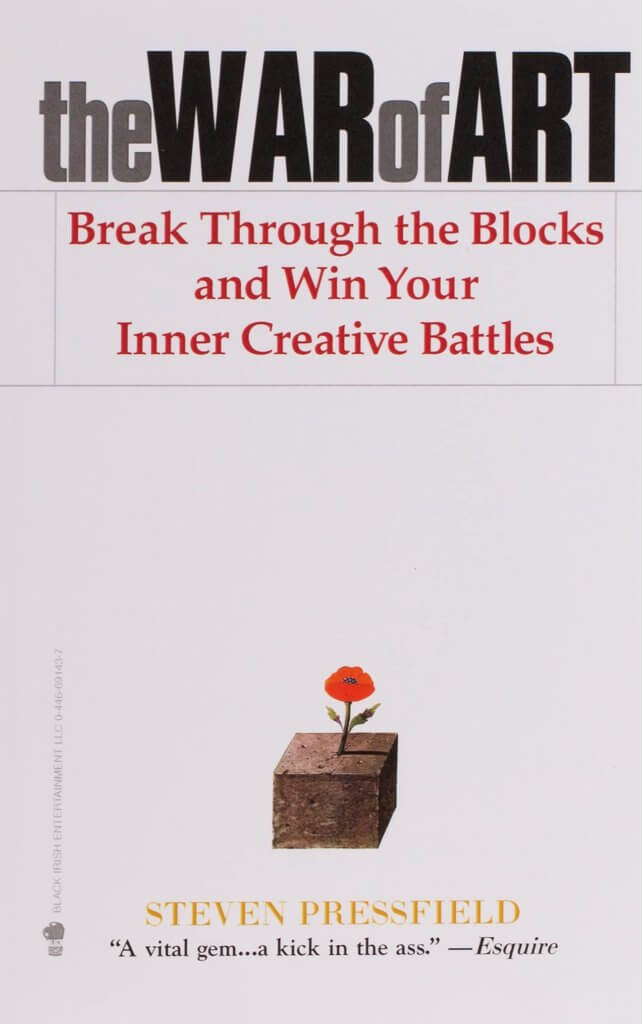
Writing Down the Bones: Freeing the Writer Within
by Natalie Goldberg
Narrator: Natalie Goldberg
My all-time favourite, Goldberg’s timeless wisdom is a blend of Zen mindfulness and writing techniques. Her calming voice guides writers to silence their self-doubt and awaken their creative instincts.
The Elements of Style (4th Edition)
by William Strunk Jr. and E.B. White
Narrator: Frank McCourt
An iconic guide to English language and writing, this audiobook provides clear rules of usage, principles of composition, and advice on style. An invaluable tool for writers to refine their craft.
The Artist’s Way: A Spiritual Path to Higher Creativity
by Julia Cameron
Narrator: Julia Cameron
This audiobook is a lifeline for creatives feeling blocked or unfulfilled. Cameron’s 12-week course guides you through spiritual exercises that free your creativity, encouraging artistic confidence and productivity.
On Writers and Writing
by Margaret Atwood
Narrator: Margaret Atwood
Explore the fascinating role of writers as viewed by Margaret Atwood in this retrospective on her writing career. Delving into the various metaphors and roles writers assume, Atwood ponders the concept of writers as ‘gifted’, balancing wide literary references with personal anecdotes. Discover the purpose and pleasures of writing, rooted in the rich traditions of western literature.
Structuring Your Novel
Essential Keys for Writing an Outstanding Story
by K.M. Weiland
Narrator Sonja Field
Unlock the power of story structure with this award-winning guide by the author of ‘Outlining Your Novel.’ Learn to time your story’s events perfectly, eliminate structural weaknesses, and maintain pacing and progression. Discover how to turn your unique vision into a compelling plot, ensure readers ask the right questions, and join the ranks of countless successful authors empowered by story structure.
Romancing the Beat: Story Structure for Romance Novels:
How to Write Kissing Books, Book 1
by Gwen Hayes
Narrator: Natalie Duke
Dive into the art of writing romance with ‘Romancing the Beat’, a conversational guide by editor and author Gwen Hayes. Learn the unique story beats of the genre and how to braid the external plot to the romance arc. Whether you’re a plotter or pantser, this guide is your recipe for writing engaging kissing books, taught by a mentor to New York Times and USA Today bestselling authors.
Conclusion
Every one of these audiobooks brings something unique to the table for writers. They unravel the intricacies of the craft, provide invaluable life lessons, and delve into the depths of creativity. Immerse yourself in the sonic richness of these narratives, and you’ll likely emerge with a renewed love for writing and a wellspring of inspiration.
Give your writing a powerful boost by investing time in these audiobooks. Remember, the essence of writing is not merely the words we pen down, but the symphony of thoughts, ideas, and emotions we orchestrate. Keep learning, keep growing, and most importantly, keep writing. Here’s to your writing journey soaring to new heights!
Do you have a favourite writing book? Audio or otherwise. Let me know below – I’m always on the lookout for new writing books.
Please be aware that when you click on affiliate links and make a purchase, I may receive a commission from the retailer. This commission comes at no additional cost to you.

